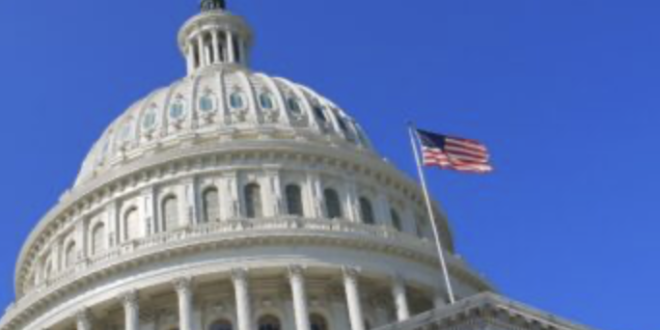Retail theft continues to pose a significant and costly challenge for businesses nationwide. Despite new security measures, projected losses due to theft could surpass $140 billion by 2025, and climb above $150 billion in 2026, as per recent estimates from Capital One. The bank’s report noted that losses in 2023 reached $121.6 billion, up from $112.1 billion in 2022, with organized retail crime, including cargo theft and e-commerce fraud, driving much of the increase.
David Johnston, the National Retail Federation’s (NRF) Vice President of Asset Protection and Retail Operations, points out a persistent misconception that retail theft rates have declined. Johnston clarified that “shrink” — an industry term for inventory loss due to employee theft, shoplifting, administrative errors, or vendor fraud — has indeed shown slight improvement in some cases, as seen in recent earnings calls from major retailers like Walmart and Target. However, Johnston argues that shrink statistics alone do not fully capture the rise in organized retail crime, shoplifting, and fraud that retailers continue to face.
According to Johnston, retailers manage shrink by targeting controllable factors within their operations, but “there are areas where you can do all that and still have considerable losses.” He also highlighted the increasing threat posed by cargo theft, e-commerce fraud, and cybercrime, often orchestrated by sophisticated criminal networks. Notably, Capital One estimates that 58% of organized retail crime involves cargo theft alone, which goes beyond traditional shrink percentages.
To address these growing concerns, Johnston emphasizes the importance of collaboration between retailers and law enforcement. He advocates for increased training to help law enforcement better understand the methods and tactics used by organized retail crime groups, as well as strengthened evidence-sharing practices to aid investigations. Prosecuting these crimes effectively requires viewing the perpetrators as criminal enterprises, rather than isolated offenders.
In addition to advocating for changes to existing laws, the NRF is pushing for the federal Combating Organized Retail Crime Act, which would provide resources to support local and state agencies’ efforts to address organized retail crime. The proposed legislation aims to bolster federal resources for investigating and prosecuting these crimes, while also providing essential tools for law enforcement to establish targeted task forces.
Despite enhanced measures, Johnston anticipates that many retailers will continue implementing additional security to protect merchandise, employees, and customers. Yet he notes that the timeline for when or if these measures will relax depends on individual retailers and ongoing developments in policy and law enforcement capabilities.
The retail sector remains vigilant, with advocacy efforts to create a comprehensive approach to combat organized retail crime. As Johnston underscored, a cohesive response from retailers, law enforcement, legislators, and the community will be key to stemming the financial and societal impacts of this growing issue.
 RLP NEWS
RLP NEWS


